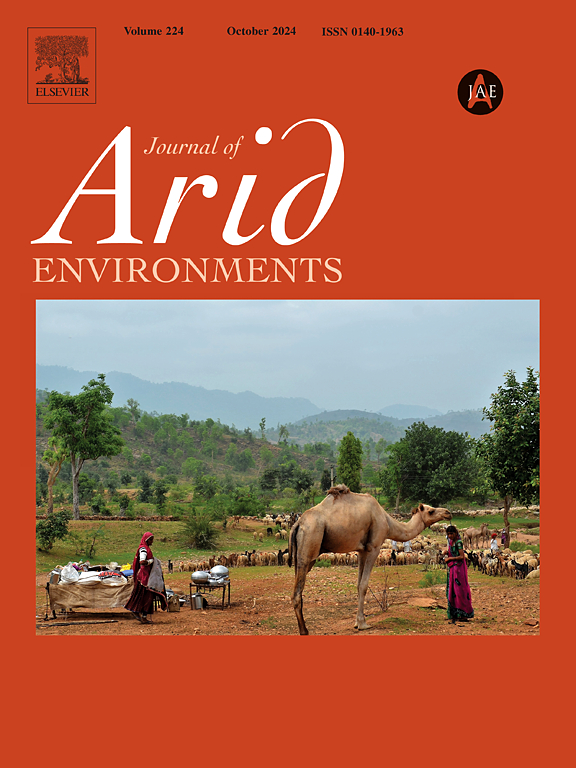Climate Extreme Indices Influencing GRACE Total Water Storage (TWS) in Semi-Arid Africa
IF 2.6
3区 环境科学与生态学
Q2 ECOLOGY
引用次数: 0
Abstract
This study examines the relationship between GRACE terrestrial water storage (TWS) data and climate indices related to temperature and precipitation across four semi-arid African regions: the Mediterranean (MED), West Southern Africa (WSAF), East Southern Africa (ESAF), and Madagascar (MDG). In addition to mean temperature and total precipitation, ten climate indices from the Expert Team on Climate Change Detection and Indices (ETCCDI) were analyzed for their relevance to extreme rainfall and drought. Using a Long Short-Term Memory (LSTM) neural network, the study improves TWS prediction accuracy, with feature ablation assessing the importance of each climate index. The LSTM model showed strong predictive performance (R2 = 0.73–0.91), identifying the Standardized Precipitation Evapotranspiration Index (SPEI) as the key driver of TWS variability. Specifically, 12-month time scale SPEI was dominant in MED, while 6-month time scale SPEI played a crucial role in WSAF, ESAF, and MDG. Regional trend analyses revealed persistent TWS declines in MED and MDG (2002–2022) due to intensified droughts. In WSAF and ESAF, trends reversed between 2002–2011 and 2012–2022, with early positive trends, particularly in northern WSAF, followed by intensified TWS losses.
气候极端指数对半干旱非洲GRACE总储水量的影响
本研究探讨了GRACE陆地储水量(TWS)数据与四个半干旱非洲地区(地中海(MED)、西非(WSAF)、东非(ESAF)和马达加斯加(MDG)与温度和降水相关的气候指数之间的关系。除平均气温和总降水量外,还分析了气候变化探测和指数专家组(ETCCDI)的10个气候指数与极端降雨和干旱的相关性。利用长短期记忆(LSTM)神经网络,利用特征消融评估各气候指标的重要性,提高TWS预测精度。LSTM模式具有较强的预测能力(R2 = 0.73 ~ 0.91),表明标准化降水蒸散发指数(SPEI)是TWS变率的关键驱动因素。其中,12个月时间尺度的SPEI在MED中占主导地位,而6个月时间尺度的SPEI在WSAF、ESAF和MDG中起关键作用。区域趋势分析显示,由于干旱加剧,中东和非洲千年发展目标(2002-2022年)的TWS持续下降。在2002-2011年和2012-2022年期间,WSAF和ESAF的趋势发生逆转,早期呈积极趋势,特别是在WSAF北部,随后TWS损失加剧。
本文章由计算机程序翻译,如有差异,请以英文原文为准。
求助全文
约1分钟内获得全文
求助全文
来源期刊

Journal of Arid Environments
环境科学-环境科学
CiteScore
5.70
自引率
3.70%
发文量
144
审稿时长
55 days
期刊介绍:
The Journal of Arid Environments is an international journal publishing original scientific and technical research articles on physical, biological and cultural aspects of arid, semi-arid, and desert environments. As a forum of multi-disciplinary and interdisciplinary dialogue it addresses research on all aspects of arid environments and their past, present and future use.
 求助内容:
求助内容: 应助结果提醒方式:
应助结果提醒方式:


